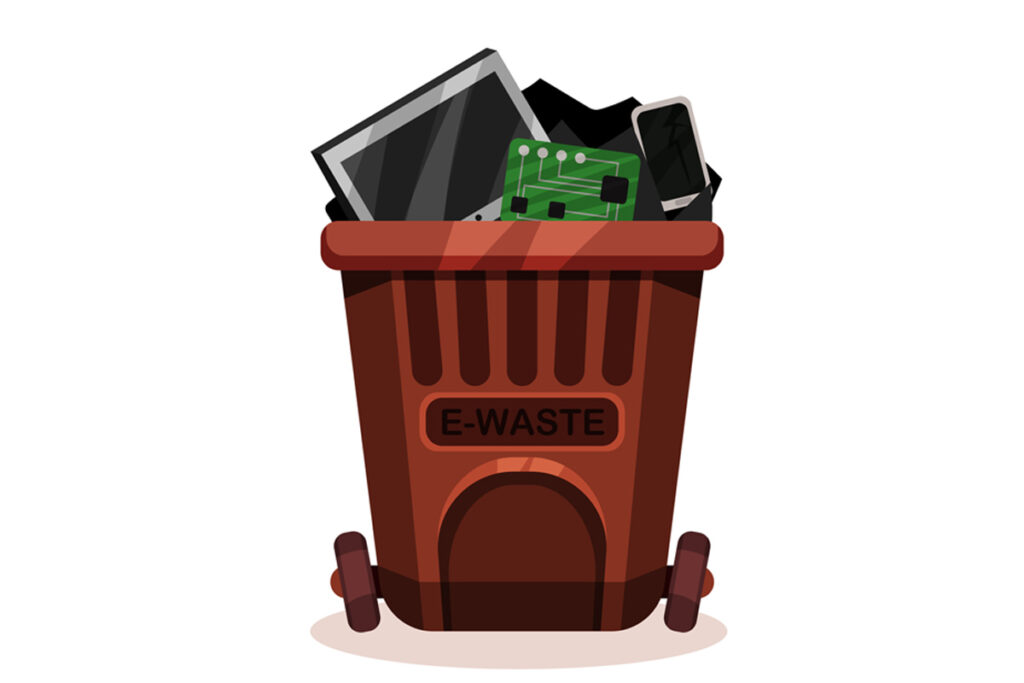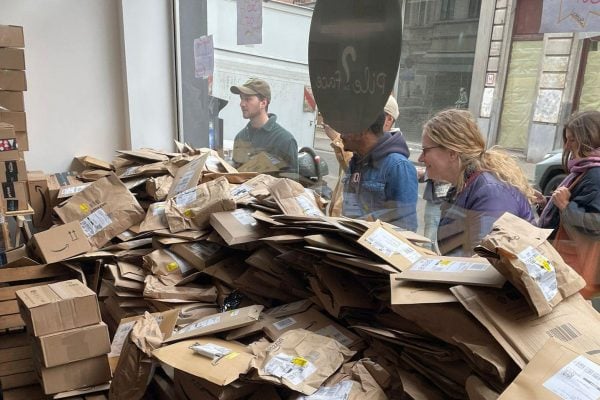There’s a ton of bad press out in Germany concerning Amazon destroying ‘massive amounts’ of returned items being destroyed, many of which it has been claimed could be resold.
There are any number of reasons that returned items may be destroyed but that hasn’t stopped Greenpeace calling for new laws to ban the waste and destruction of new and unused products.
The problem is that some products simply can’t be resold, for instance personal returned items and intimate clothing would come into this category. Many retailers probably including Amazon don’t even want these goods returned as frankly speaking who would want to handle and process them? That doesn’t always stop consumers from returning them though.
Amazon would have to destroy a small percentage of returned items if they were suspected of being counterfeit. Other goods may be uneconomical to process and either refurbish or put back into new stock. When the time and cost equation is run, at times it would cost more to process the goods than they are actually worth. It’s not always Amazon that makes this decision – retailers themselves can instruct Amazon to destroy returns rather than resell them or return them to the retailer. Amazon has no choice other than to follow the retailers instructions.
Amazon do dispose of distressed returned goods when they can – you’ll find them in Amazon Warehouse deals. These are products in good working order and once the quality level is determined Amazon offer them for sale at deep discounts.
Obviously destroying perfectly usable goods isn’t in anyone’s interests and it’s true to say that Amazon probably err on the side of caution to meet legal requirements and to ensure that contaminated or potentially dangerous items don’t re-enter the supply chain. When you consider the sheer quantity of goods that leave an Amazon warehouse on a daily basis and then consider what returns rate may be expected as normal, it’s inevitable that there will be a pretty large volume of goods that are destroyed on a regular basis.
More than anything, it’s worth remembering that Amazon is a business and they’re highly unlikely to destroy returned items if they could be turned into profits. Also the regulations around commercial waste are pretty stringent so it’s likely that much of the materials resulting from destroyed products don’t end up in landfill.
What percentage of your returns end up being effectively destroyed?











2 Responses
Our FBA returns rate is below 5% but we are in a tech category for the most part.
The Amazon returns process is simply non existent in terms of quality control.
Any Amazon FBA seller will confirm that the levels of total crap they get back back from Amazon warehouses simply beggars belief.
Remember that marketplace sellers are a major component of FBA sales and they simply have to suck it up with no control process in place whatsoever.
If you are in high return categories (fashion, clothing, footwear etc) of over 25% I wonder how anybody actually makes any decent margin at times.
The latest dodge that is devaluing return stock even further is the new Amazon FBA wheeze of simply placing shipping labels directly onto product cartons and sending them out WITHOUT any packaging to the end customer.
Needless to say they get returned the same way so the product packaging is completely trashed by the time we get it back.
Please do not tell us this is a simply a cost of doing business on Amazon – it is an unnecessary cost we did sign up for.
Our request for a reduction in our FBA fees have so far fallen on deaf ears!
Our return rate is very low (mixed consumer goods). However, we get the opposite. Goods that appear perfect are sent back rather than put back into stock. We think that this is because consumers are increasingly describing goods as ‘defective’ in order to get a ‘free return’. I think anyone who sells on Amazon on FBA soon discovers that you are very much a third class citizen compared to buyers. On the other hand, despite all the moans (including what seems to be incredibly inefficient warehouses) our business has exponentially grown since using FBA with good net profit.